November is Native American Heritage Month. In celebration, we are looking back at famous American Indians in history. Whether actors or activists, artists or athletes, these native people made significant contributions to American culture and history and were leaders in their fields and in their communities.
Joe Medicine Crow (1913–2016)

JOE MEDICINE CROW (1913 – 2016) was the last surviving war chief of his tribe and the respected historian of Montana’s Crow people. His writings on Native American history and reservation culture were widely acclaimed, but he was known best for his writings and lectures on the Battle of the Little Bighorn.
View Joe Medicine Crow’s obituary
Abel Fernandez (1930–2016)
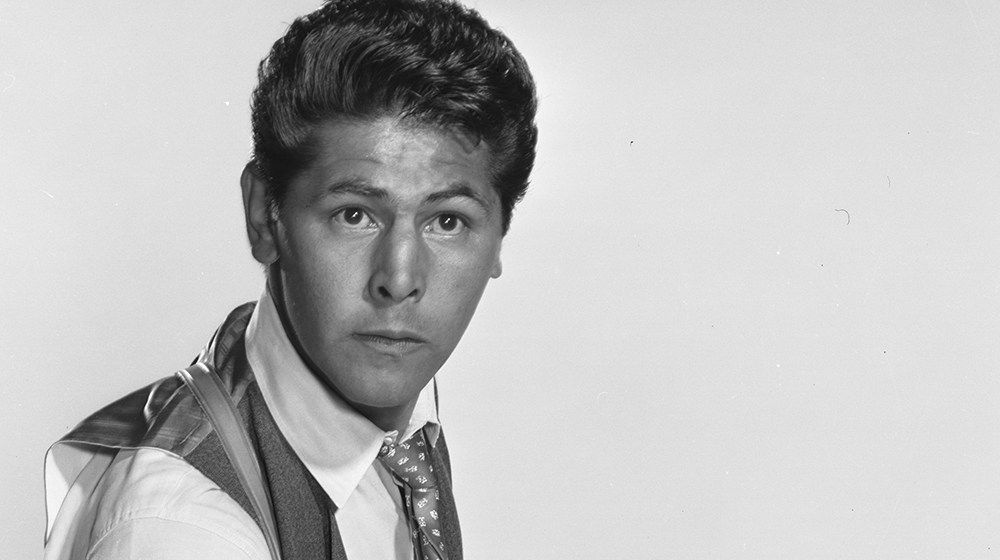
Actor ABEL FERNANDEZ (1930 – 2016), known best for his role as federal agent Bill Youngfellow on the TV series “The Untouchables,” was born in Los Angeles, the son of a Yaqui Indian mother and Mexican-Indian father. After serving as a paratrooper in the U.S. Army and boxing professionally, Fernandez became an actor, playing roles on dozens of television shows including “Daniel Boone,” “Gunsmoke,” “Wagon Train,” “Have Gun—Will Travel,” and “The Adventures of Rin Tin Tin.”
View Abel Fernandez’s obituary
Maria Tallchief (1925–2013)
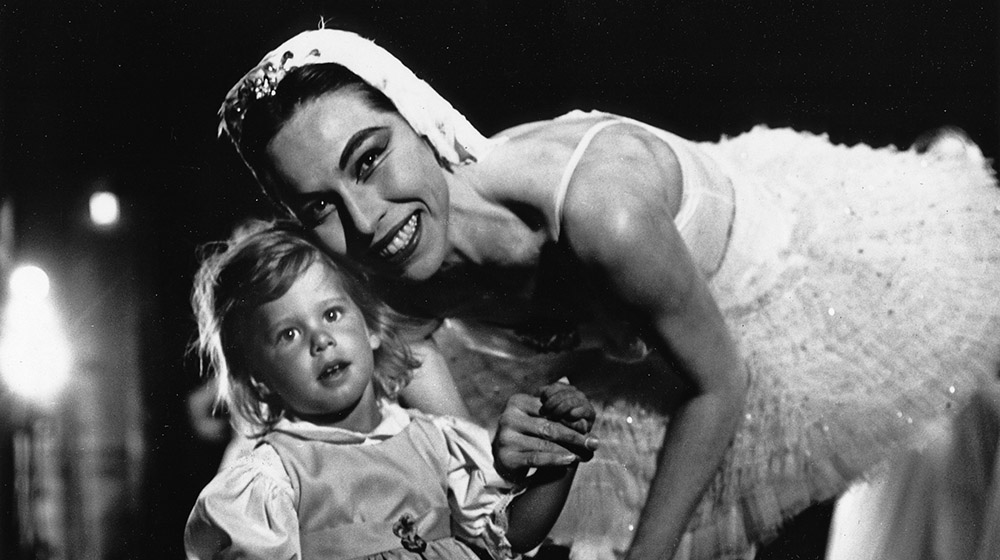
Born in Oklahoma to an Osage father and white mother, MARIA TALLCHIEF (1925 – 2013), pictured with her daughter, was one of America’s first great prima ballerinas. She was most associated with the New York City Ballet, where she worked from 1948 to 1965, giving life to such works as “The Nutcracker,” “Firebird,” and other masterpieces. George Balanchine, the Russian-born dance genius, was not only the company’s director and choreographer; in 1946, he became Tallchief’s husband for some years.
View Maria Tallchief’s obituary
Mary Brave Bird (1954–2013)
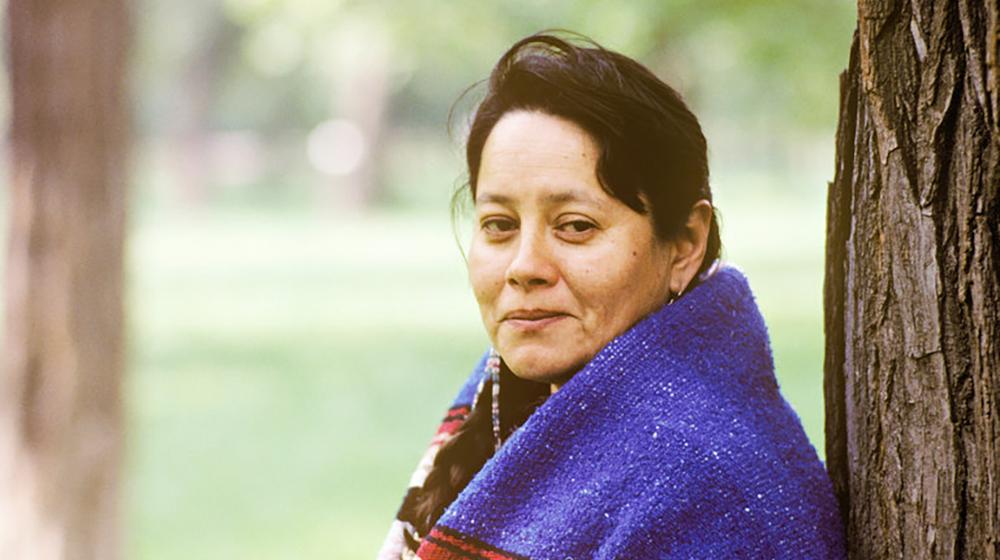
MARY BRAVE BIRD (1954 – 2013), who won the American Book Award for her 1990 book, ‘‘Lakota Woman,’’ joined the American Indian Movement (AIM) in the 1970s. When 200 Oglala Sioux and AIM activists took control of the town of Wounded Knee, South Dakota, on the Pine Ridge Indian Reservation in 1973, they protested the tribal president’s alleged corruption and the failure of the U.S. government to honor its treaties with Native Americans. Mary Brave Bird was not only there; she also gave birth to her son during the siege. Years later, she told the Los Angeles Times, ‘‘Before AIM came, people didn’t have their long hair, people didn’t have their Indian pride.’’
View Mary Brave Bird’s obituary
Russell Means (1939–2012)
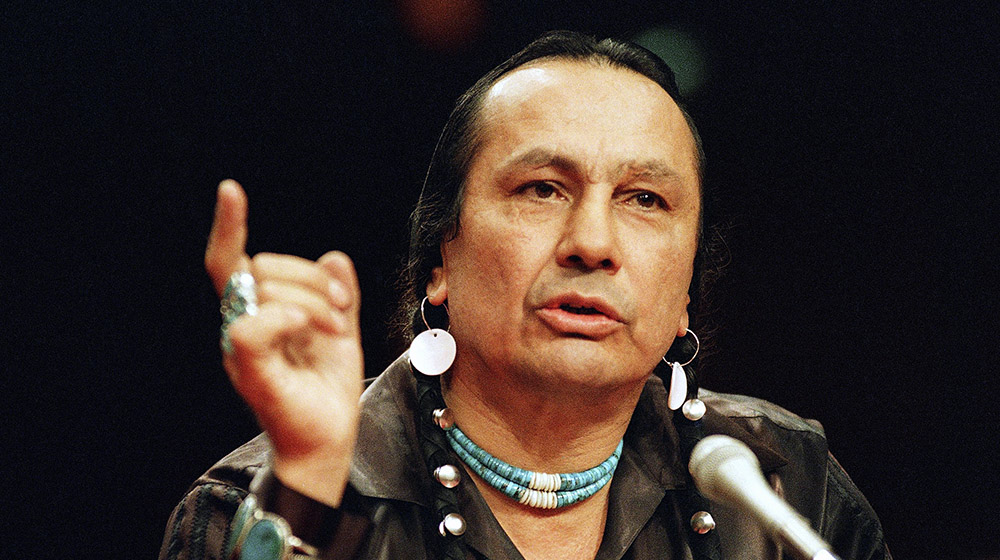
RUSSELL MEANS (1939 – 2012) never shunned attention. Whether leading Native Americans in railing against broken federal treaties, appearing in a Hollywood blockbuster or advocating a sovereign American Indian nation within U.S. borders, the Oglala Lakota activist who helped lead the 1973 uprising at Wounded Knee reveled in the spotlight. But only on his terms.
Audrey Shenandoah (1926–2012)
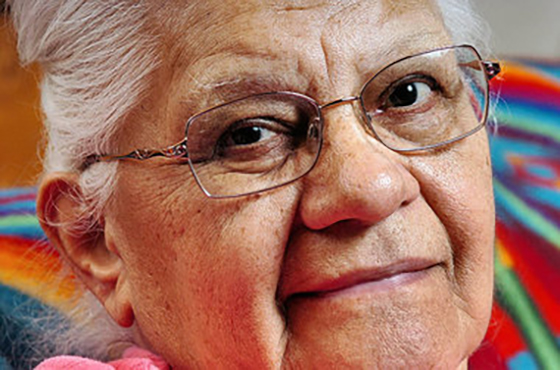
A leader in the Onondaga Nation and a recognized authority on Onondaga culture, clan mother AUDREY SHENANDOAH (1926 – 2012) was also an internationally known writer, teacher, and adviser to the United Nations. In the tradition of the Haudenosaunee, also known as the Iroquois Confederacy, the clan mothers have the power to select chiefs and the responsibility to look over their people and decide who would make a good leader.
Wilma Mankiller (1945–2010)
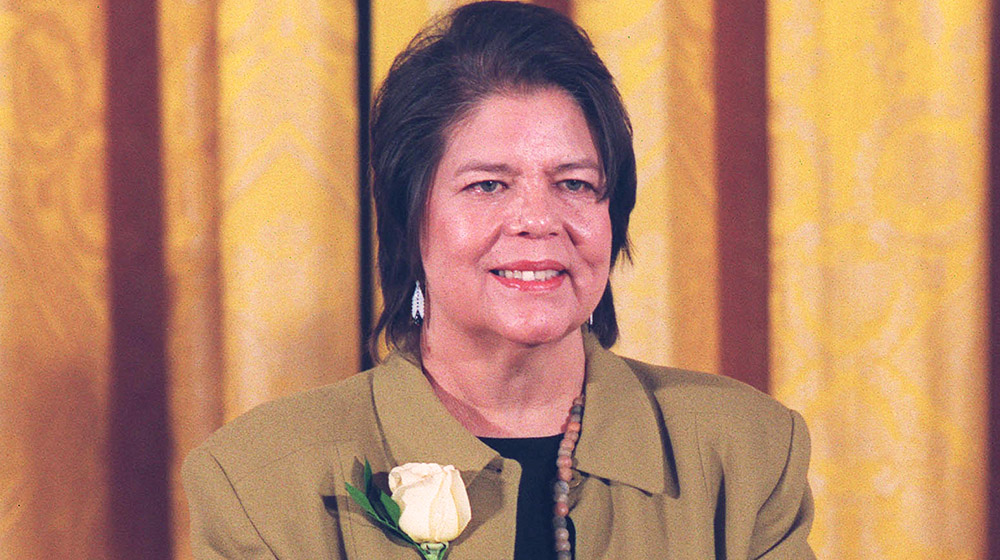
WILMA MANKILLER (1945 – 2010) was just 40 years old when she became chief of the Cherokee Nation in 1985. During her 11-year tenure, she oversaw a period of tremendous growth for the Cherokee Nation, with the population almost tripling from 55,000 to 156,000. She strengthened the relationship between the Cherokee Nation and the U.S. government, worked to establish community development programs, and revived the tribal high school in Tahlequah, Oklahoma.
View Wilma Mankiller’s obituary
Jack Brisco (1941–2010)
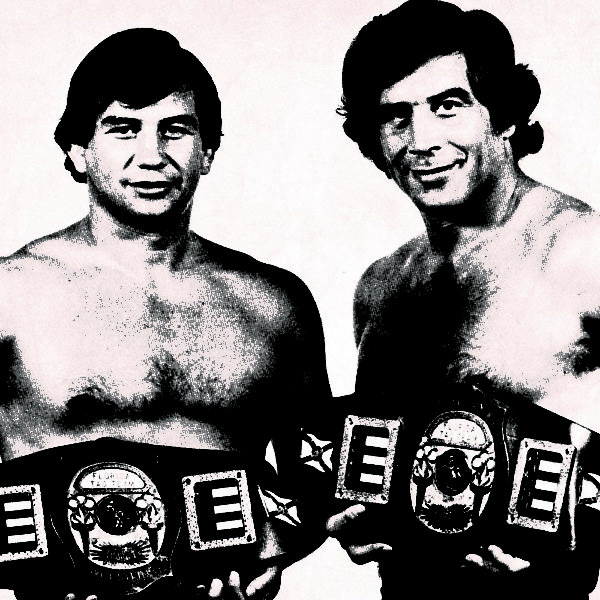
As a student at Oklahoma State in 1965, JACK BRISCO (1941 – 2010), right, became the first Native American to win the NCAA’s wrestling national championship. Later, he and his brother Gerry formed the Brisco Tag Team, winning numerous tag-team titles, championships, and awards throughout their wrestling careers. The Brisco brothers were inducted into the Chickasaw Nation Hall of Fame in 2016. Gerry Brisco was inducted into the World Wrestling Entertainment Hall of Fame in 2006.
Ai (1947–2010)
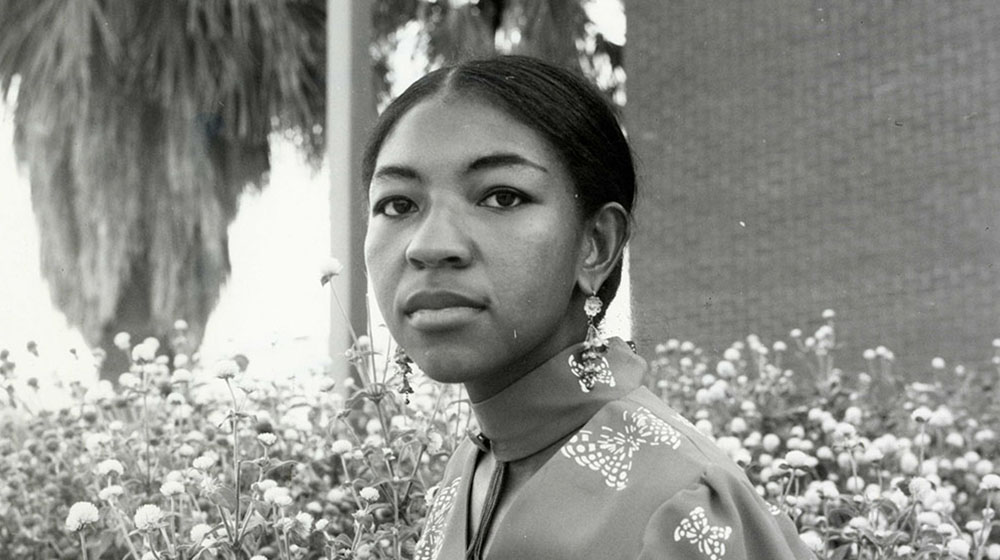
AI (1947 – 2010) is noted for her uncompromising poetic vision and bleak dramatic monologues that give voice to marginalized, often poor, and abused speakers. Her awareness of her own mixed racial heritage — she self-identified as Japanese, Choctaw-Chickasaw, African-American, Irish, Southern Cheyenne, and Comanche — as well as her strong feminist bent, shape her poetry, which is often brutal and direct in its subject matter.
Paula Gunn Allen (1939–2008)
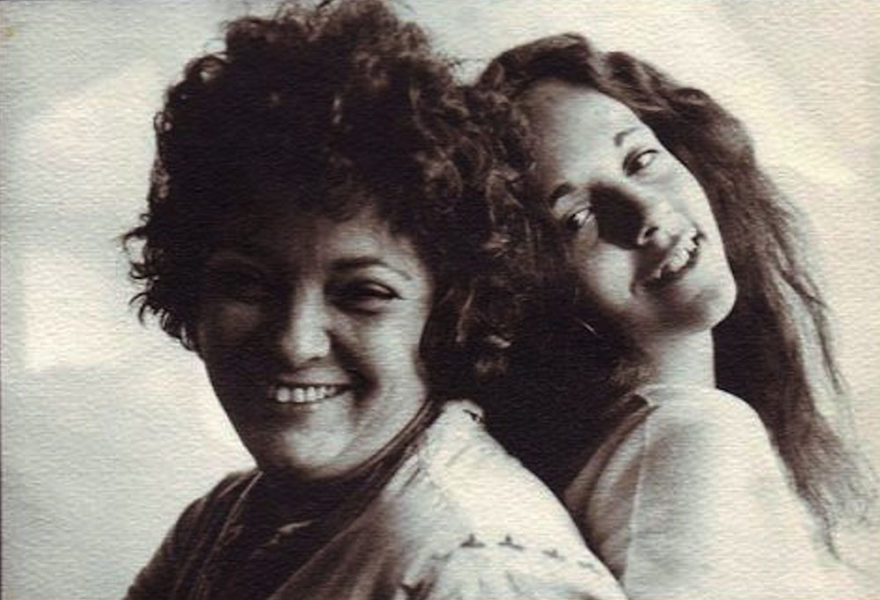
In the 1960s, when some in academia still denied the existence of Native American literature, PAULA GUNN ALLEN (1939 – 2008) embarked on a career that proved them wrong — and altered the required reading lists of literature classes on U.S. college campuses. The former UCLA professor helped define the canon of Native American literature, encouraged its development by anthologizing new American Indian writers, and nurtured a broader audience for the work. Born in Albuquerque, New Mexico, Allen (pictured with her daughter) was of mixed Laguna Pueblo, Sioux, Scottish, and Lebanese heritage.
Floyd Red Crow Westerman (1936–2007)
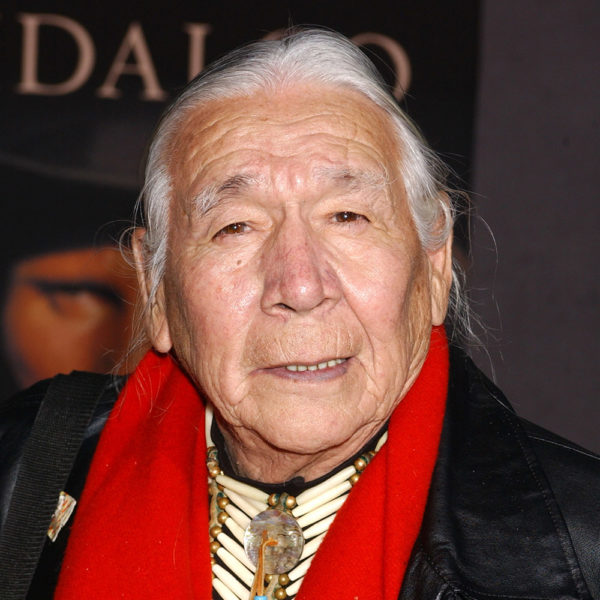
Born on the Sisseton-Wahpeton Dakota Sioux reservation in South Dakota, FLOYD RED CROW WESTERMAN (1936 – 2007) was an American Indian activist, actor, and folk singer who appeared in “Dances With Wolves” and performed with musicians including Willie Nelson. “He always said he was a musician first and he just acted for the money,” his son said.
View Floyd Red Crow Westerman’s obituary
R.C. Gorman (1931–2005)
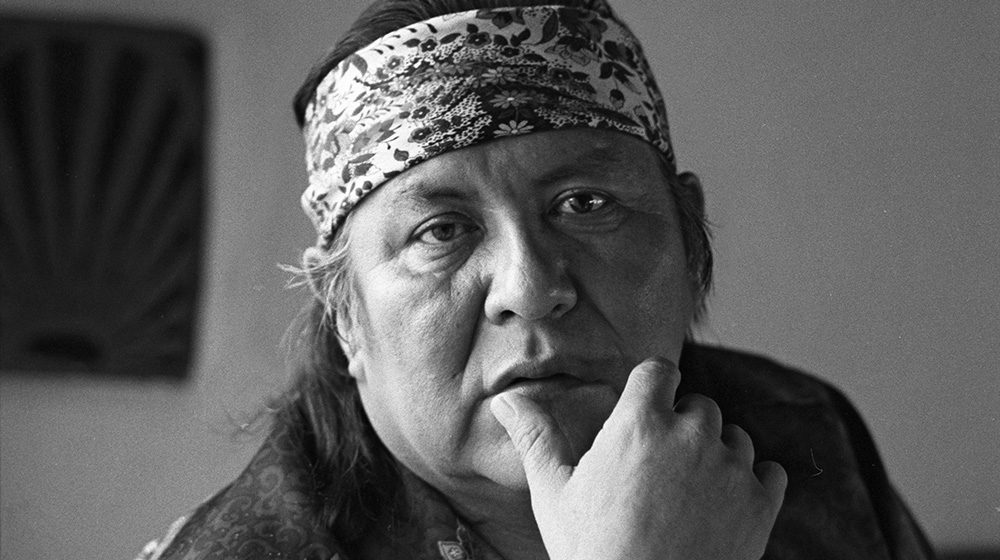
Descended from generations of Navajo artisans, R.C. GORMAN (1931 – 2005) was a renowned Native American artist whose work has been displayed in many galleries in the U.S. and museums such as New York City’s Metropolitan Museum of Art.
Wahoo McDaniel (1938–2002)
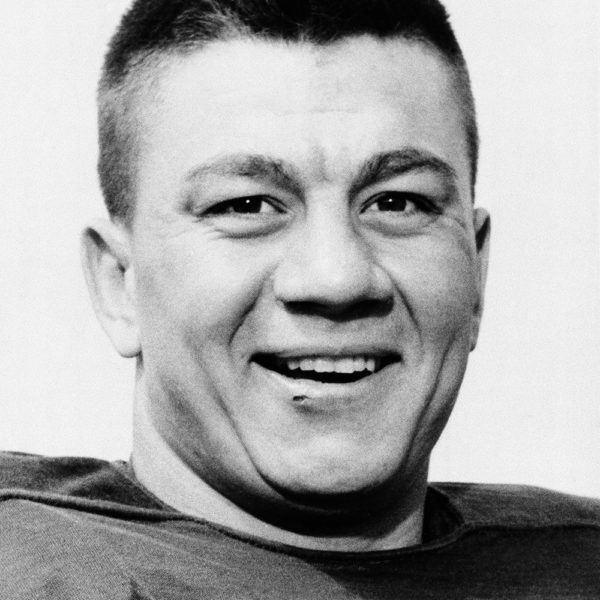
WAHOO MCDANIEL (1938 – 2002) capitalized on his Choctaw-Chickasaw heritage as a football player and then a professional wrestler. Once described as the New York Jets’ first real hero, McDaniel joined the team in 1964 and, in his opening game, made 10 tackles from his middle linebacker position. Soon, the public-address announcer proclaimed, ‘‘Tackle by … guess who?’’ The crowd responded, ‘‘Wahoo!’’
Pop Chalee (1906–1993)

A late bloomer onto the emerging Native American art scene of the 1930s, POP CHALEE (1906 – 1993), also known as Merina Lujan, quickly became one of the most successful and sought-after artists of her time. Pop Chalee, which means Blue Flower, is a Tiwa name given to her by her Taos grandmother soon after birth.
T.C. Cannon (1946–1978)
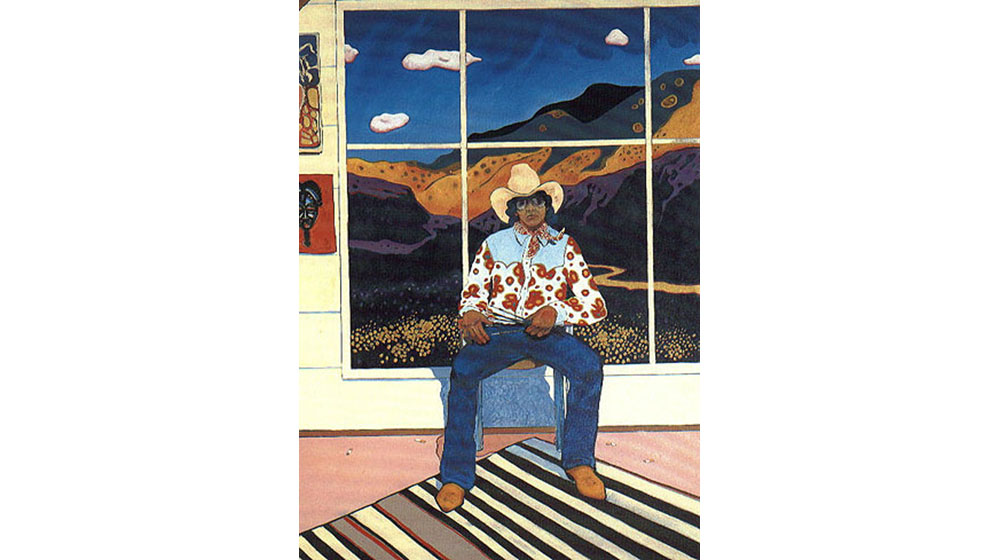
Of Kiowa, Caddo, and French descent, T.C. CANNON (1946 – 1978) was an influential, 20th-century Native American artist. In 1972, Cannon and fellow artist Fritz Scholder had a two-person exhibition at the Smithsonian Institution’s National Collection of Fine Arts, titled “Two American Painters.”
Ira Hayes (1923–1955)
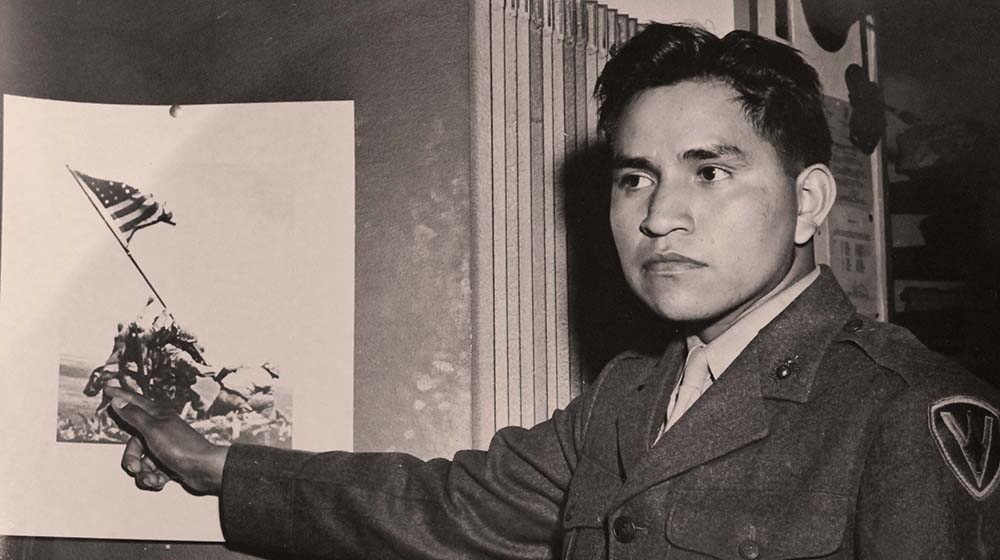
IRA HAYES (1923 – 1955) was a Pima Indian from the Gila River Reservation who volunteered to fight as a U.S. Marine in World War II. He gained fame in the Pacific campaign when he, along with four fellow Marines and one U.S. Navy sailor, raised the U.S. flag at Iwo Jima. Captured by photographer Joe Rosenthal of The Associated Press, the raising of the flag at Iwo Jima has become one of the most iconic war images ever. But the resulting fame took a heavy toll on Hayes.
Jim Thorpe (1887–1953)
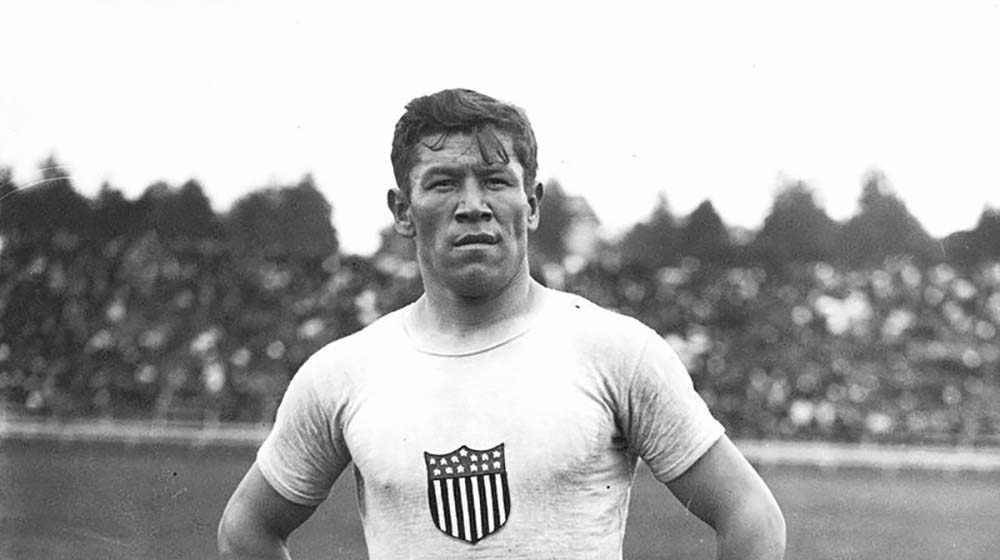
JIM THORPE (1887 – 1953) was a Sac and Fox Indian from the Oklahoma frontier, orphaned as a teenager and raised as a ward of government schools. When Thorpe won the 1912 Olympic pentathlon and decathlon in Stockholm, Sweden, King Gustav V pronounced him the greatest athlete in the world. Later, the International Olympic Committee stripped him of his medals and struck his marks from the official record after learning that he had violated the rules of amateurism by playing minor league baseball in 1909-10. But in the minds of many, he remains one of the greatest athletes of all time.
Mildred Bailey (1907–1951)
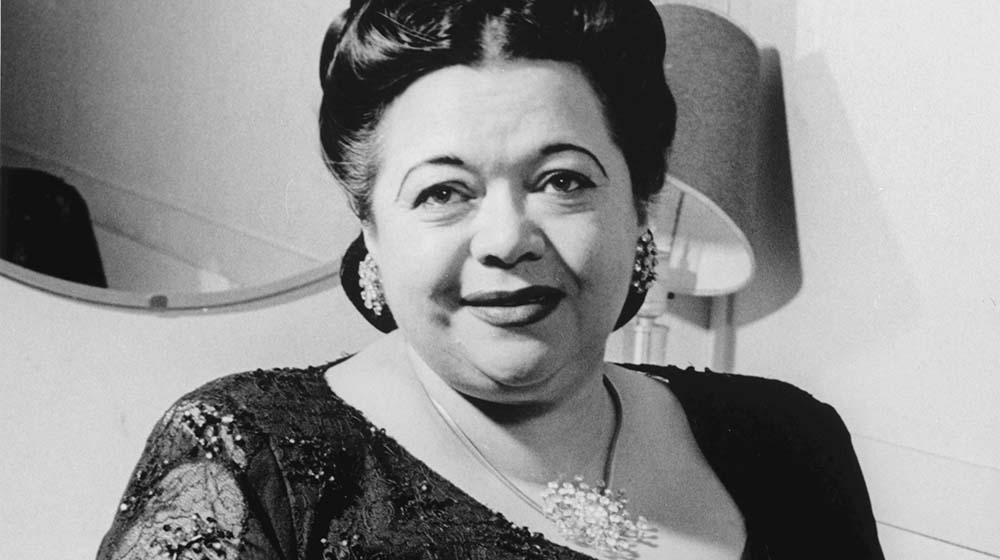
Known as Mrs. Swing, jazz singer MILDRED BAILEY (1907 – 1951) has long been considered a white woman: The New Grove Dictionary of Jazz describes her as “the first white singer to absorb and master the jazz-flavored phrasing … of her black contemporaries.” But the Coeur d’Alene tribe wants to change that perception and let the world know that Bailey was, in fact, Native American, born on the reservation to a Coeur d’Alene mother.
View Mildred Bailey’s obituary
Lucy Parsons (1854–1942)
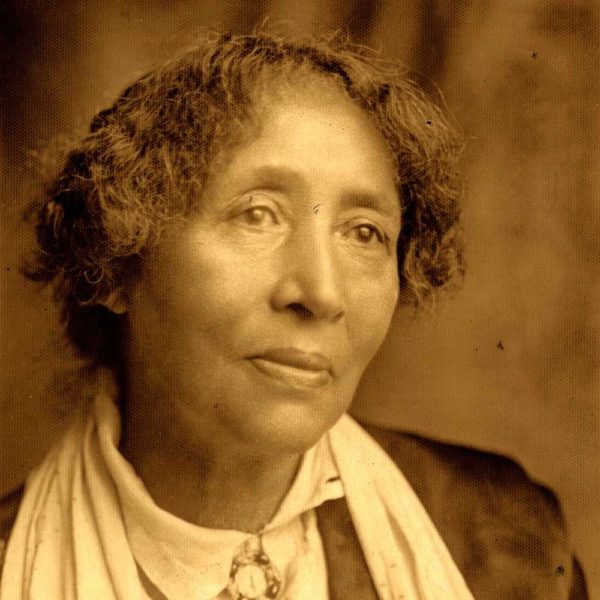
How does one accurately discuss a historical person who was known for purposefully and repeatedly changing her identity? LUCY PARSONS (1854 – 1942) was an outspoken labor activist and the wife of Albert Parsons, one of the hanged Chicago Haymarket anarchists. While Parsons claimed Native American and indigenous Mexican heritages, her contemporaries often labeled her black, her death certificate listed her as white, and modern scholars offer various combinations.
Dr. Charles Eastman (1858–1939)
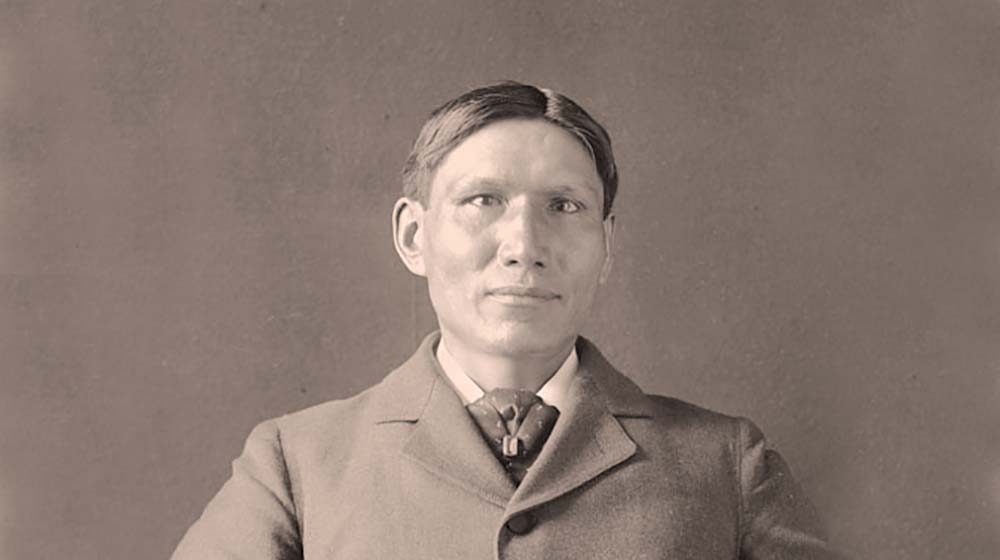
DR. CHARLES EASTMAN (1858 – 1939) was of Santee Dakota, English, and French ancestry. After working as a physician on reservations in South Dakota, he became increasingly active in politics and issues involving Native American rights. Working to improve the lives of youths, he founded 32 Native American chapters of the Young Men’s Christian Association (YMCA) and also helped found the Boy Scouts of America.
Charles Curtis (1860–1936)
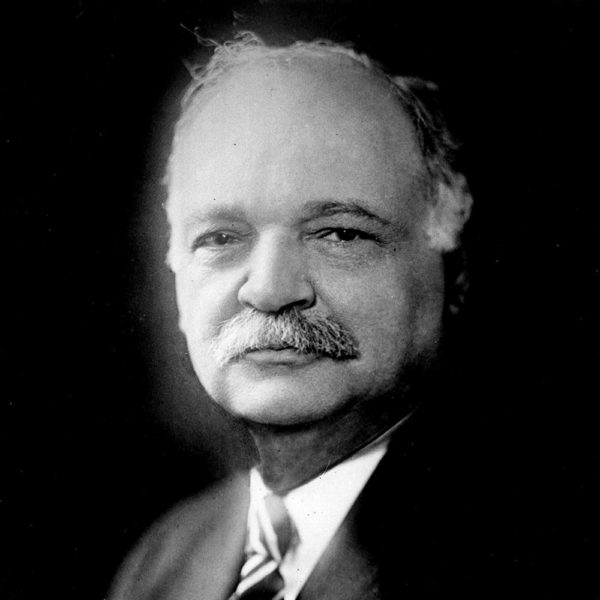
A little more than a century before Barack Obama became the first biracial president of the United States, CHARLES CURTIS (1860 – 1936) became the first politician with Native American heritage (Kaw, Osage, and Potawatomi) to serve as a U.S. senator. Curtis’ political legacy is a complicated one: As the first Native American in the Senate, Curtis became the nation’s most influential voice in Indian policy, but how did he use his authority? He wrote a law that, ironically, gave away Indian mining rights and dissolved whole tribes – including his own. He would later serve as vice president under Herbert Hoover.
Will Rogers (1879–1935)
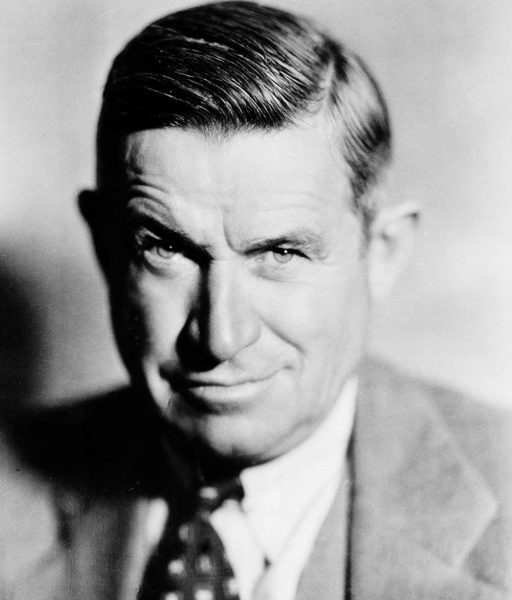
Entertainer WILL ROGERS (1879 – 1935) used to say, “My ancestors didn’t come over on the Mayflower, but they met the boat.” Rogers was proud of his American Indian heritage. His father was a Cherokee senator and judge who helped to write the Oklahoma Constitution, and his mother was descended from a Cherokee chief. As the Cherokee Kid, Rogers made a name for himself in vaudeville and then in Hollywood.
Angel De Cora (1871 – 1919)
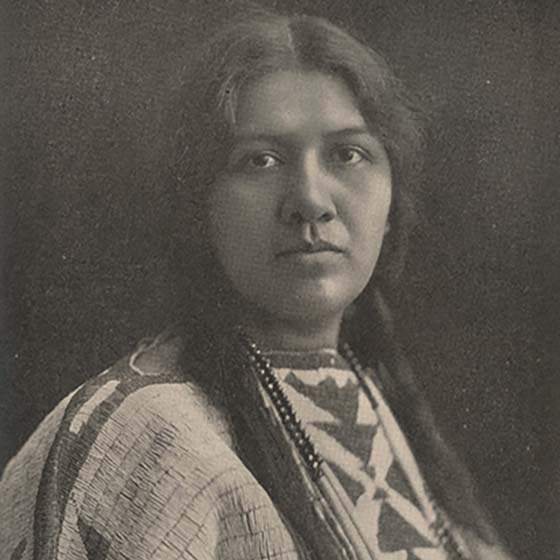
A member of the Winnebago Tribal Nation, ANGEL DE CORA (1871 – 1919) was raised on a reservation in Nebraska until she was 12. She then was taken to an Indian boarding school, the Hampton Normal and Agricultural Institute, in Virginia. Whether her parents consented to her enrollment in the Virginia school remains in dispute, but sending Native American children to government-run, English language — only boarding schools was a common practice believed necessary to assimilate them into American culture. She graduated from Smith College and went on to become a well-known artist and a much-sought-after illustrator of books and magazines at the turn of the 20th century.
Dr. Susan La Flesche Picotte (1865–1915)
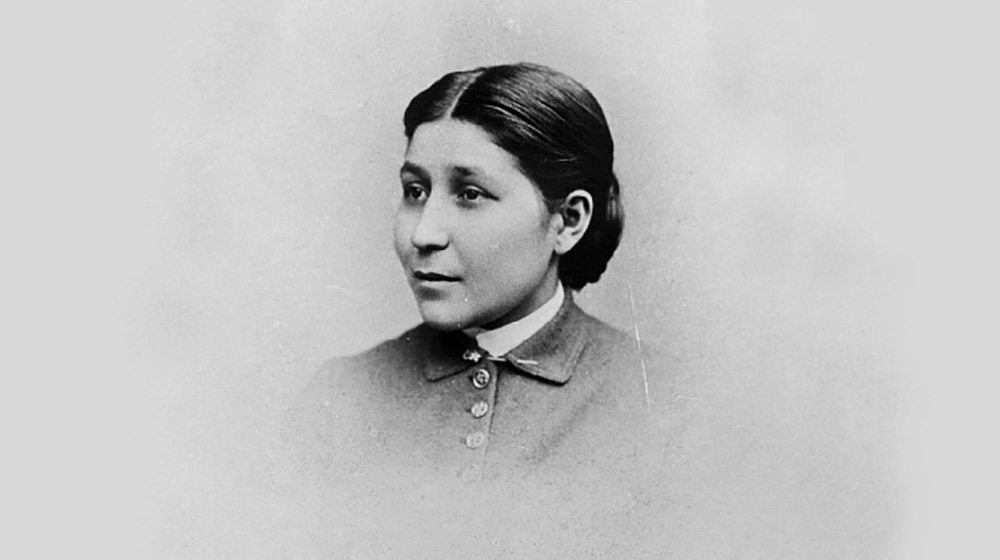
Born on the Omaha reservation in Nebraska, DR. SUSAN LA FLESCHE PICOTTE (1865 – 1915) would go on to become the first Native American physician. An active social reformer as well as a doctor, she campaigned against alcohol and tuberculosis. She also worked to help other Omaha navigate the bureaucracy of the Office of Indian Affairs and receive the money owed to them for the sale of their land.
Geronimo (1829–1909)
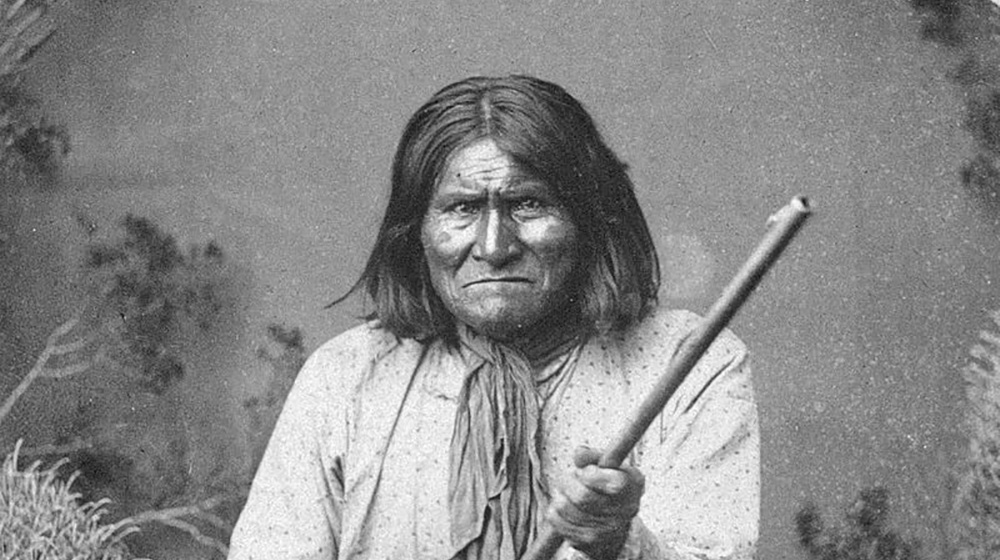
GERONIMO (1829 – 1909) was a prominent leader from the Bedonkohe band of the Chiricahua Apache tribe. From 1850 to 1886, Geronimo joined with members of three other Chiricahua Apache bands — the Chihenne, the Chokonen, and the Nednhi — to carry out numerous raids as well as resistance to U.S. and Mexican military campaigns in the southwestern American territories of New Mexico and Arizona. In his old age, Geronimo appeared at fairs including the 1904 World’s Fair in St. Louis, Missouri, where he reportedly rode a Ferris wheel and sold photographs of himself as souvenirs. Despite his celebrity, he was not allowed to return to the land of his birth. When he died at the Fort Sill hospital in 1909, he still a prisoner of war.
Red Cloud (1822–1909)
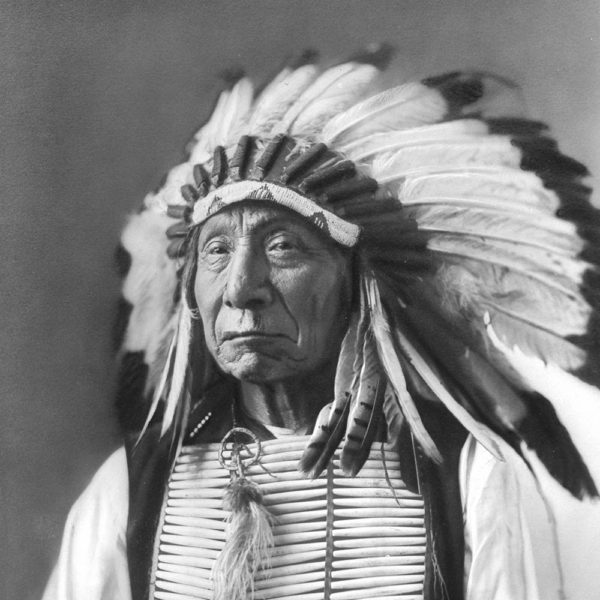
RED CLOUD (1822 – 1909) led the Oglala Lakota in battle and, after signing the Treaty of Fort Laramie in 1868, in the important transition to reservation life. He outlived all of the other major Lakota leaders of the Indian Wars, dying in 1909 at age 88 on the Pine Ridge Reservation. He is quoted as saying in his old age, “They made us many promises, more than I can remember. But they kept but one — They promised to take our land … and they took it.”
Edmonia Lewis (1844–1907)
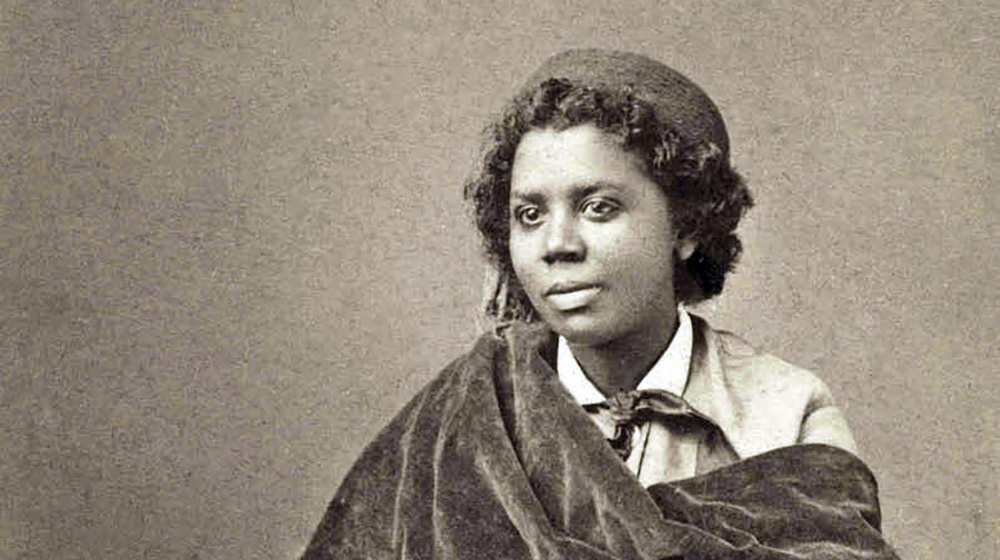
EDMONIA LEWIS (1844 – 1907) was the first woman of African-American and Native American heritage to achieve international fame and recognition as a sculptor.
Chief Joseph (1840–1904)
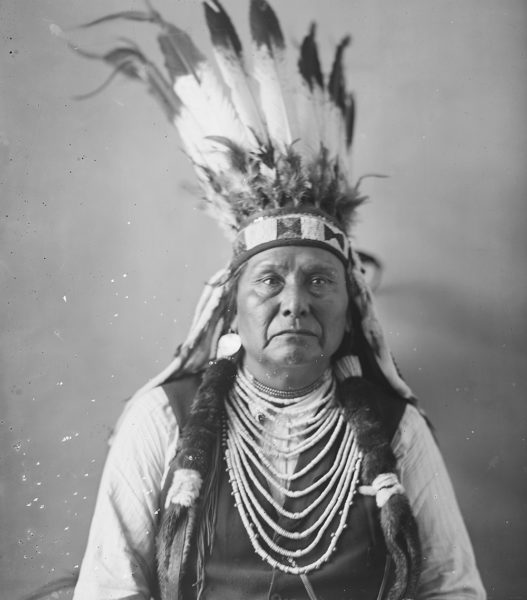
CHIEF JOSEPH (1840 – 1904) led his people during the most tumultuous period in their history when the Nez Percé were forcibly removed from their ancestral lands in the Wallowa Valley by the United States federal government and forced to move northeast, onto the significantly reduced reservation in Lapwai, Idaho Territory. Remembered as an advocate for peace, Chief Joseph is said to have died of a broken heart.
Sarah Winnemucca (circa 1844–1891)
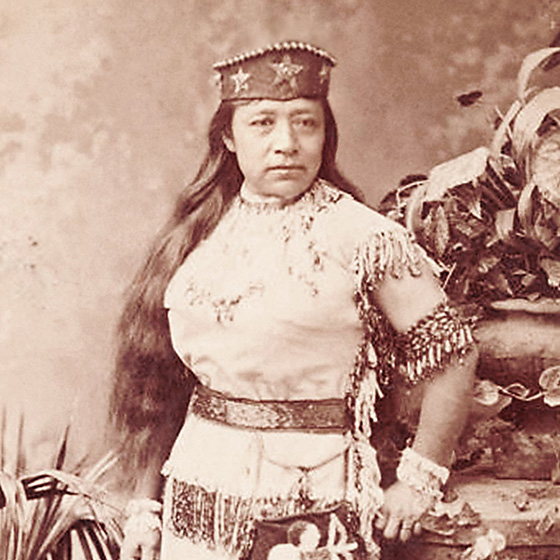
In 1883, SARAH WINNEMUCCA (circa 1844 – 1891) published “Life Among the Paiutes: Their Wrongs and Claims,” considered the first known autobiography written by a Native American woman. When the Paiute people were interned in a concentration camp at Yakima, Washington, after the Bannock War, Winnemucca traveled to Washington, D.C., to lobby for their release. She also served U.S. forces as a messenger, interpreter, and guide, and as a teacher for imprisoned Native Americans.
Sitting Bull (1831–1890)
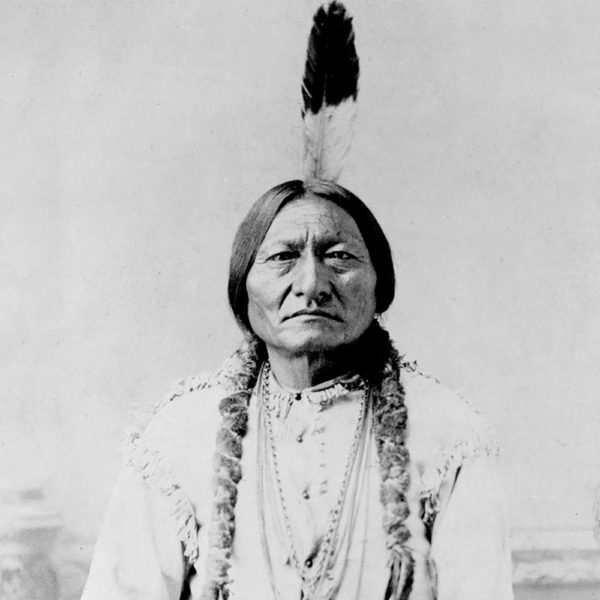
SITTING BULL (1831 – 1890) was a Hunkpapa Lakota holy man who led his people during years of resistance, including at the Battle of Little Bighorn. When Gen. George Armstrong Custer and his troops attacked Sitting Bull’s camp, Sitting Bull’s followers defeated them — as Sitting Bull himself had foreseen.
Sequoyah (circa 1775–1843)

SEQUOYAH (circa 1775 – 1843) was a Cherokee silversmith who created a Cherokee syllabary, making reading and writing in Cherokee possible. This was one of the very few times in recorded history that a member of a preliterate people created an original, effective writing system. The people of the Cherokee Nation rapidly began to use his syllabary, officially adopting it in 1825, and their literacy rate quickly surpassed that of surrounding European-American settlers.
Tecumseh (1768–1813)
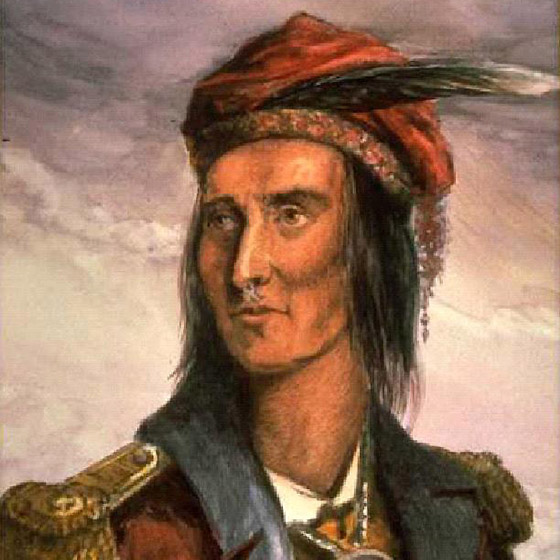
Like Mohawk leader Joseph Brant before him, Shawnee leader TECUMSEH (1768 – 1813) sought to unify tribes to rally together against American encroachments on Indian territories and sovereignty. Under Tecumseh’s leadership, “Tecumseh’s Confederacy” went to war against the United States during Tecumseh’s War and the War of 1812, allying themselves with the British.
Sacagawea (circa 1788–1812)

Born into the Shoshone tribe, SACAGAWEA (circa 1788 – 1812) was kidnapped as a child by Hidatsa Sioux and later sold to a French Canadian fur trapper who took her as his bride. Pregnant and, then, with the baby in tow, Sacagawea traversed the western half of the United States with explorers Meriwether Lewis and William Clark, serving as their interpreter and helping to guide them in their journey from St. Louis, Missouri, to the Pacific Northwest.
Saint Kateri Tekakwitha (1656–1680)
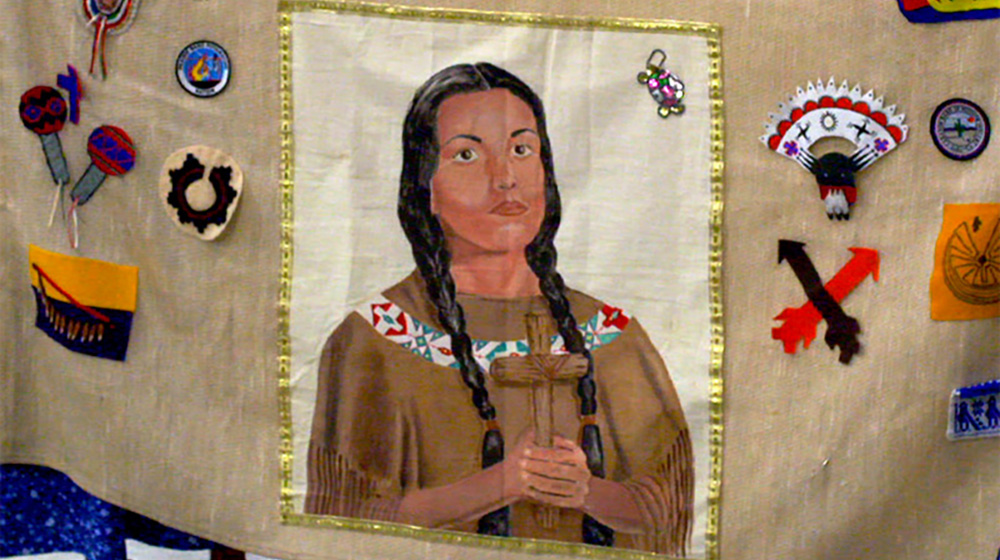
SAINT KATERI TEKAKWITHA (1656 – 1680) is significant as the first Native American canonized as a Roman Catholic saint. Born to a Mohawk chief and an Algonquin mother, Tekakwitha was orphaned at 4 when her parents died of smallpox.
Pocahontas (circa 1596–1617)
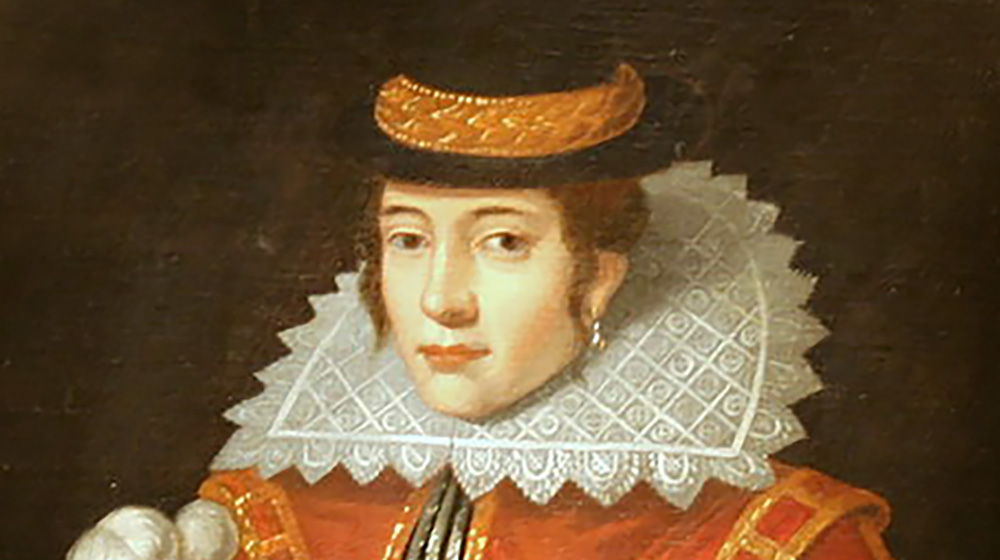
One of the most enigmatic figures in American history, POCAHONTAS (circa 1596 – 1617) was the daughter of Powhatan, chief of the Powhatan people. After marrying Jamestown, Virginia, settler John Rolfe and converting to Christianity, Pocahontas became a celebrity in England where she was presented as an example of a “civilized savage.” She died in England as she and her husband were setting sail to return to Virginia.
